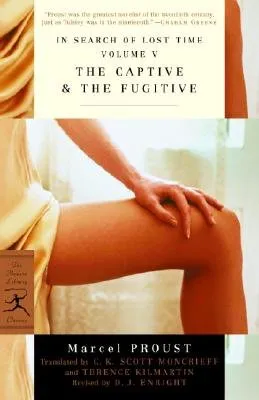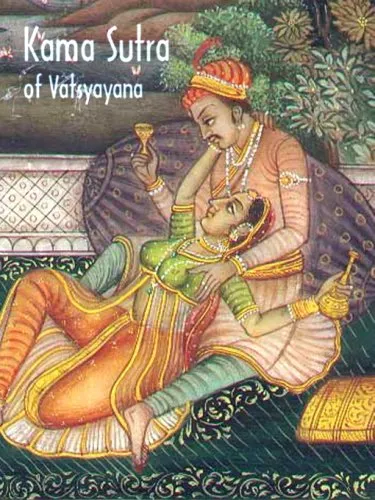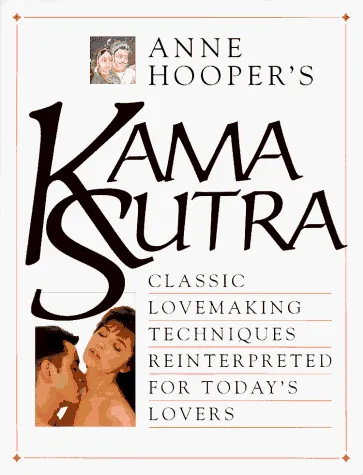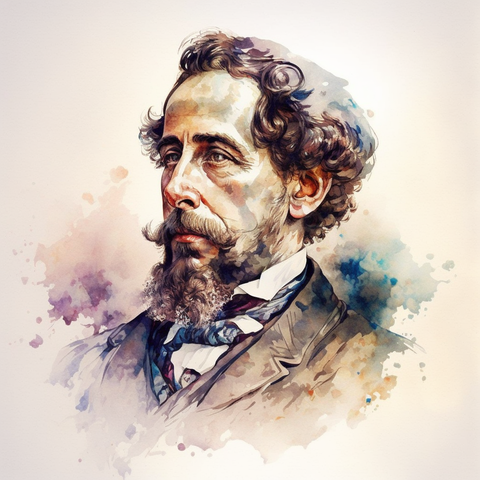A tale of two cities
4.6
Reviews from our users

You Can Ask your questions from this book's AI after Login
Each download or ask from book AI costs 2 points. To earn more free points, please visit the Points Guide Page and complete some valuable actions.Related Refrences:
Persian Summary
Introduction to "A Tale of Two Cities"
"A Tale of Two Cities," authored by Charles Dickens, is a masterpiece of English literature that intertwines themes of love, sacrifice, and redemption against the tumultuous backdrop of the French Revolution. Published in 1859, the novel has captivated readers with its historic scope and its poignant portrayal of the human condition amid chaos and upheaval. Set in both London and Paris, the novel explores dichotomies of justice and tyranny, peace and war, amid the lives of its richly drawn characters.
Detailed Summary of the Book
"A Tale of Two Cities" tells the story of an era that was "the best of times, and the worst of times." The narrative unfolds with Dr. Alexandre Manette, a physician unjustly imprisoned in the Bastille for 18 years. His subsequent liberation by his daughter Lucie Manette sets the stage for a tale of love and revolution. Lucie, a symbol of compassion and purity, becomes the emotional cornerstone for a circle of characters, including the English lawyer Sydney Carton and the French emigrant Charles Darnay, who face their own conflicts and transformations.
Tension rises as the story shifts to Paris during the throes of the Revolution. The wine shop owner, Ernest Defarge, and his vengeful wife, Madame Defarge, exemplify the chaos and fervor of revolutionary zeal. As revolutionaries storm the Bastille and old regimes crumble, the personal lives of the characters become entangled in the sweeping tide of change, leading to a dramatic conclusion filled with noble self-sacrifice and enduring love.
Key Takeaways
- Themes of Duality: The novel extensively explores contrasts such as life and death, love and hate, wealth and poverty, illustrating the dual nature of existence and human experiences.
- Social Injustice and Revolution: With a keen eye on historical detail, Dickens critiques the social inequities that incite revolt, demonstrating the dire consequences of unchecked power and class disparities.
- Redemption through Sacrifice: Through Sydney Carton's transformative arc, the novel suggests that true redemption is achieved through selflessness and love, culminating in his iconic act of sacrifice.
Famous Quotes from the Book
"It was the best of times, it was the worst of times, it was the age of wisdom, it was the age of foolishness."
"A wonderful fact to reflect upon, that every human creature is constituted to be that profound secret and mystery to every other."
"It is a far, far better thing that I do, than I have ever done; it is a far, far better rest that I go to than I have ever known."
Why This Book Matters
"A Tale of Two Cities" remains relevant not only for its historical depiction of the French Revolution but also for its enduring insights into human society and the complexities of justice. Dickens' masterful storytelling raises awareness of social injustices and the human capacity for violence, yet it offers a hopeful vision of personal redemption through love and sacrifice. As both a historical epic and a moral commentary, the book highlights the necessity of empathy and compassion in a world teetering on the edge of ruin. Its timeless message and vivid characterizations continue to hold a powerful allure for readers and offer ample material for reflection and discussion.
Free Direct Download
You Can Download this book after Login
Accessing books through legal platforms and public libraries not only supports the rights of authors and publishers but also contributes to the sustainability of reading culture. Before downloading, please take a moment to consider these options.
Find this book on other platforms:
WorldCat helps you find books in libraries worldwide.
See ratings, reviews, and discussions on Goodreads.
Find and buy rare or used books on AbeBooks.
1700
بازدید4.6
امتیاز0
نظر98%
رضایتReviews:
4.6
Based on 0 users review
Questions & Answers
Ask questions about this book or help others by answering
No questions yet. Be the first to ask!

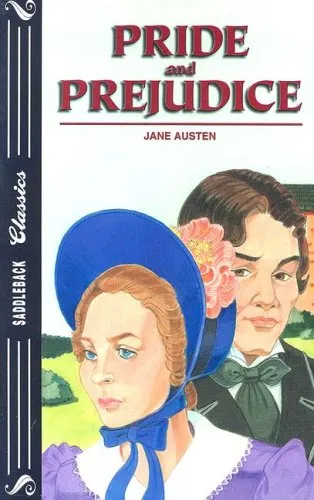


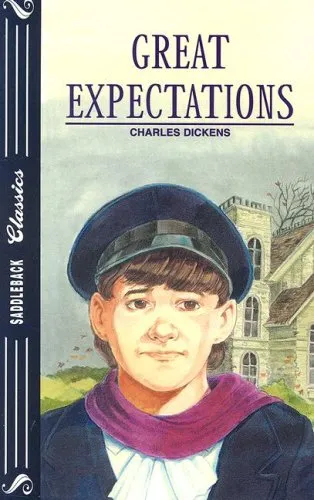

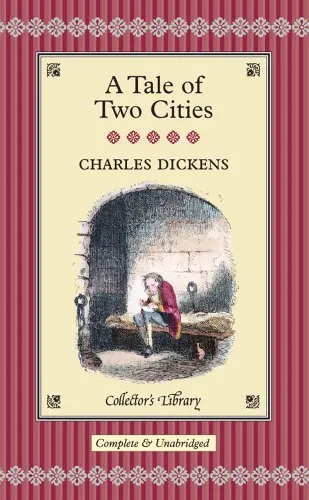


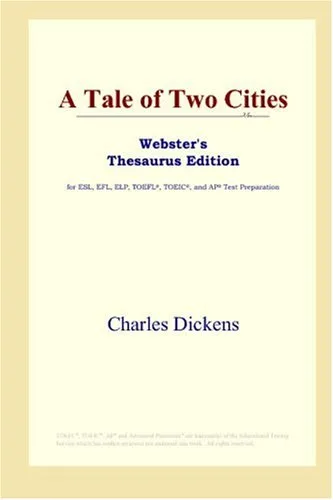
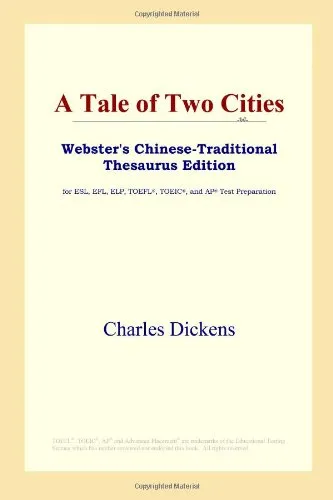
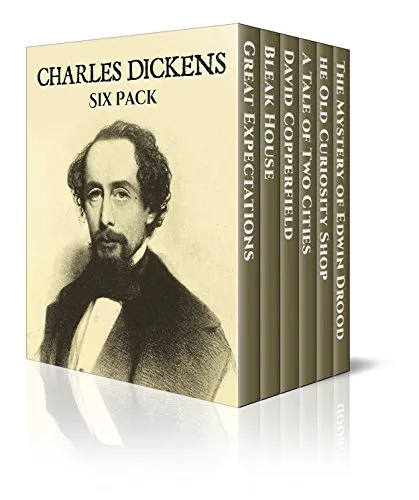

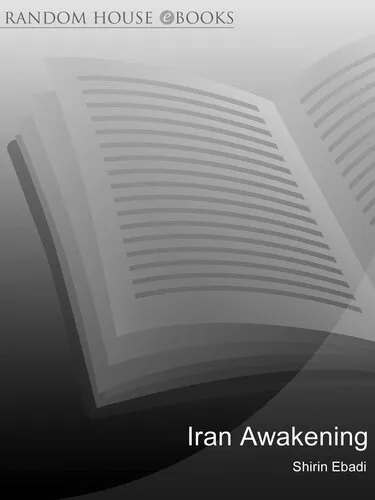
![ISE Vander's Human Physiology [Team-IRA]](https://s3.refhub.ir/images/thumb/ISE_Vander_s_Human_Physiology__Team-IRA_22339.webp)
![Human Physiology ISE [Team-IRA]](https://s3.refhub.ir/images/thumb/Human_Physiology_ISE__Team-IRA_22340.webp)
